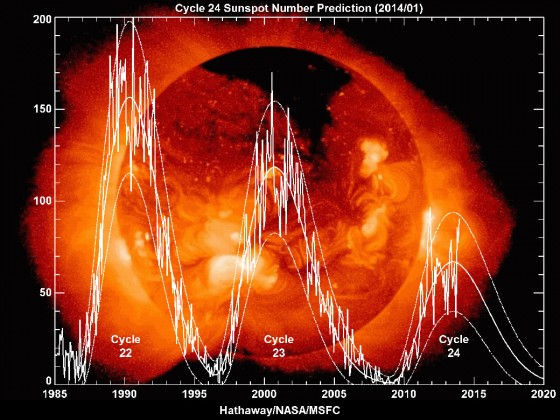TORONTO – Al Gore’s pet project will have to wait one more day to get into space.

On Sunday, SpaceX had to scrub the launch of the Deep Space Climate Observatory (DSCOVR), a satellite that will monitor space weather after the Air Force’s radar was lost.
READ MORE: SpaceX to reattempt landing on ocean barge Sunday
The concept for the satellite came from vice president Al Gore in 1998. The idea behind it was to provide live images of Earth from space and to monitor the albedo, or how much of the sun’s radiation is reflected back into space. The satellite, then called Triana (and nicknamed “Goresat”) was developed by NASA but was put into storage in 2001 after funding constraints and political wrangling.
In 2009, President Barack Obama’s administration sought to resurrect the satellite. The National Oceanic and Atmospheric Administration (NOAA) was looking for a chance to replace its aging Advanced Composition Explorer (ACE) satellite, which monitors space weather. DSCOVR was reborn.
READ MORE: How solar storms could leave us in the dark
DSCOVR will continue to maintain solar wind observations with several instruments, something that is actually very important to us here on Earth. During geomagnetic storms, for example, plasma and particles are carried out from the sun and reach our planet which can disrupt power grids, which would have widespread implications around the world.

Though the next launch window is on Monday, the weather looks unfavourable. SpaceX will attempt to launch the satellite on Tuesday at 6:03 p.m. EST.
Al Gore doesn’t seem to mind the wait, though.
This launch also marks the second time this year that SpaceX will attempt to land the first stage of its Falcon 9 rocket on an ocean platform. The previous attempt reached the platform, but crashed and exploded.


Comments